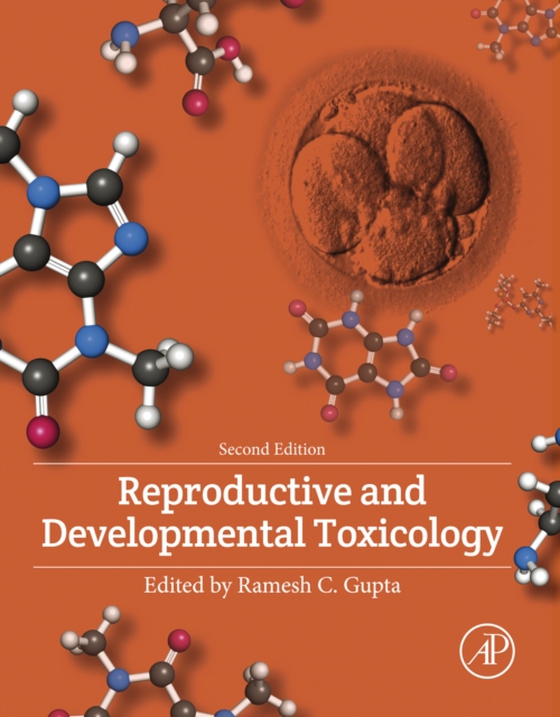
Reproductive and Developmental Toxicology e-bog
31,25 DKK
(ekskl. moms 25,00 DKK)
Reproductive and Developmental Toxicology, Second Edition, is a comprehensive and authoritative resource that provides the latest literature on this complex subject with a primary focus on three core components-parent, placenta, and fetus-and the continuous changes that occur in each. Enriched with relevant references describing every aspect of reproductive toxicology, this revised and updated ...
E-bog
31,25 DKK
Forlag
Academic Press
Udgivet
24 marts 2017
Længde
1460 sider
Genrer
Reproductive medicine
Sprog
English
Format
pdf
Beskyttelse
LCP
ISBN
9780128042403
Reproductive and Developmental Toxicology, Second Edition, is a comprehensive and authoritative resource that provides the latest literature on this complex subject with a primary focus on three core components-parent, placenta, and fetus-and the continuous changes that occur in each. Enriched with relevant references describing every aspect of reproductive toxicology, this revised and updated resource addresses the totality of the subject, discussing a broad range of topics, including nanoparticles and radiation, gases and solvents, smoking, alcohol and drug abuse, and metals, amongst others. With a special focus on placental toxicity, this book is the only available reference to connect the three key risk stages, also including discussions on reproductive and developmental toxicity in domestic animals, fish, and wildlife. Completely revised and updated to include the most recent developments in the field, the book is an essential resource for advanced students and researchers in toxicology, as well as biologists, pharmacologists, and teratologists from academia, industry, and regulatory agencies. Provides a complete, up-to-date, integrated source of information on the key risk stages during reproduction and development Includes new chapters covering significant developments, such as dose-response assessment for developmental toxicity, juvenile toxicity, and neural tube defects, as well as emerging science, such as stem cell application, toxicoproteomics, metabolomics, endocrine disruption, surveillance and regulatory considerations, and risk assessment Offers diverse and unique in vitro and in vivo toxicity models for reproductive and developmental toxicity testing in a user-friendly format that assists in comparative analysis
 Dansk
Dansk

